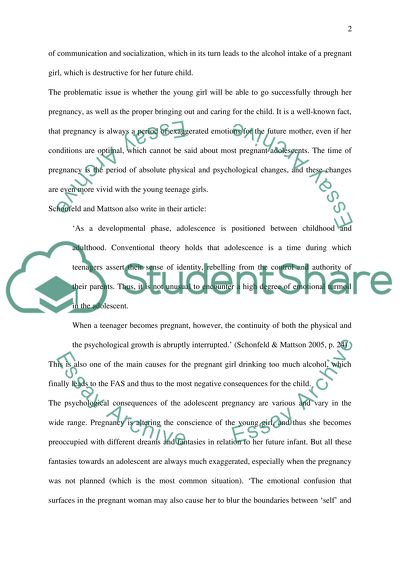Cite this document
(“Psychology of Teenage Pregnancy and Fetal Alcohol Syndrome Essay”, n.d.)
Psychology of Teenage Pregnancy and Fetal Alcohol Syndrome Essay. Retrieved from https://studentshare.org/miscellaneous/1501494-psychology-of-teenage-pregnancy-and-fetal-alcohol-syndrome
Psychology of Teenage Pregnancy and Fetal Alcohol Syndrome Essay. Retrieved from https://studentshare.org/miscellaneous/1501494-psychology-of-teenage-pregnancy-and-fetal-alcohol-syndrome
(Psychology of Teenage Pregnancy and Fetal Alcohol Syndrome Essay)
Psychology of Teenage Pregnancy and Fetal Alcohol Syndrome Essay. https://studentshare.org/miscellaneous/1501494-psychology-of-teenage-pregnancy-and-fetal-alcohol-syndrome.
Psychology of Teenage Pregnancy and Fetal Alcohol Syndrome Essay. https://studentshare.org/miscellaneous/1501494-psychology-of-teenage-pregnancy-and-fetal-alcohol-syndrome.
“Psychology of Teenage Pregnancy and Fetal Alcohol Syndrome Essay”, n.d. https://studentshare.org/miscellaneous/1501494-psychology-of-teenage-pregnancy-and-fetal-alcohol-syndrome.


